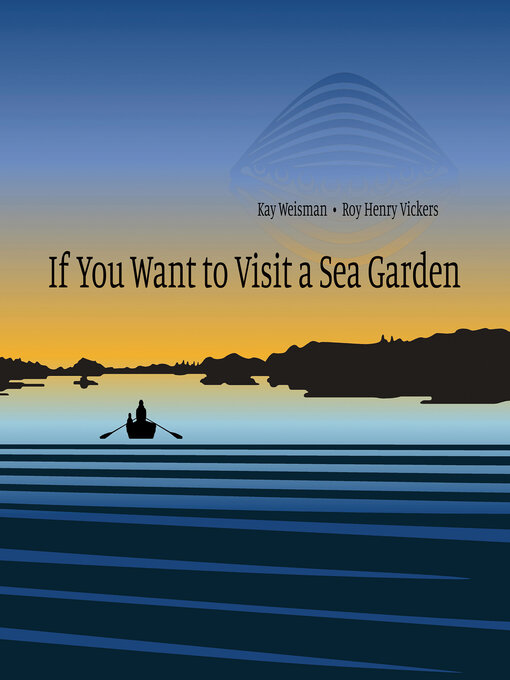Discover the wonder of ancient sea gardens on the Northwest Coast
Sea gardens have been created by First Peoples on the Northwest coast for more than three thousand years. These gardens consist of stone reefs that are constructed at the lowest tide line, encouraging the growth of clams and other marine life on the gently sloped beach.
This lyrical story follows a young child and an older family member who set out to visit a sea garden early one morning, as the lowest tides often occur at dawn. After anchoring their boat, they explore the beach, discover the many sea creatures that live there, hear the sputtering of clams and look closely at the reef. They reflect on the people who built the wall long ago, as well as those who have maintained it over the years. After digging for clams, they tidy up the beach, then return home.
An author's note provides further information about sea gardens (also known as clam gardens), which yield a reliable food source and have been traditional places of learning. They have been found along the Pacific coast, from Alaska to British Columbia to Washington State, and some of these gardens are being restored today.
The manuscript has been vetted and approved by the scientists of the Clam Garden Network and Kwaxsistalla Wathl'thla Clan Chief Adam Dick. Roy Henry Vickers, whose ancestry includes the Tsimshian, Haida and Heiltsuk First Nations, has created hauntingly beautiful images to accompany the text.
Key Text Features
author's note
Correlates to the Common Core State Standards in English Language Arts:
CCSS.ELA-LITERACY.RI.K.2
>With prompting and support, identify the main topic and retell key details of a text.
CCSS.ELA-LITERACY.RI.K.6
Name the author and illustrator of a text and define the role of each in presenting the ideas or information in a text.



